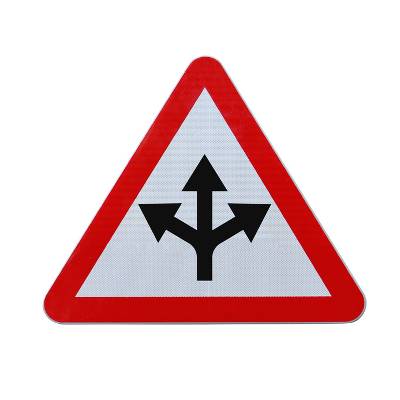 Whether the world is ready for it or not, the Internet of Things (IoT) is on its way. As such, there is a lot of controversy about what actually constitutes the Internet of Things. Infoworld argues that a lot of what the public claims to be part of the IoT, is actually not a part of it, and that we need a more substantial definition for this oncoming phenomenon.
Whether the world is ready for it or not, the Internet of Things (IoT) is on its way. As such, there is a lot of controversy about what actually constitutes the Internet of Things. Infoworld argues that a lot of what the public claims to be part of the IoT, is actually not a part of it, and that we need a more substantial definition for this oncoming phenomenon.
Most technologies involved with the Internet of Things can be grouped into three categories:
- Machine-to-machine.
- Smart systems.
- Ad hoc Internet of Things.
Machine-to-Machine: Maximum Efficiency
Machines have always communicated with other machines in order to share information, particularly in the medical, industrial, and office-operational equipment. This is generally called machine-to-machine communication (M2M), and you can see how useful it is. Variables, like temperatures and heart rates, can be shared between different systems at a moment's notice. However, these shouldn't be labeled as part of the IoT.
M2M technology hasn't really been changed or revolutionized by the Internet of Things in terms of principle, but rather, it has been made much more affordable and readily available to businesses. According to Bernie Anger of General Electric, the spread of M2M technology has been made possible thanks to several factors, including:
- Cheaper Open Database Connectivity - It's now cheaper than ever to have devices connected to a database, and it's become much easier to run ODBC User Agent on non-Windows devices.
- Cost-Effective Mass Scale Data Processing Technologies - Open source data processing technologies allow for cost-effective data collection. Companies used to place a limit due to the sheer numbers associated with the cost of data collection, but not anymore.
- Easier-to-Understand Client User Interfaces - HTML5 has brought about a lot of changes, but the most important one is that the user interface of many devices is much easier to navigate.
Bluetooth and Smart Systems
Another not-so-new technology being utilized in a different way is what can be called a "smart system," or rather, communications systems that can be used for diagnostics or repairs. One example is that of an oil rig using iPads while out in the field - they can be tethered to a satellite to communicate with their base of operations.
That sounds familiar, doesn't it? Bluetooth operates in a similar manner, using one device to communicate with another via a wireless connection. Consumer-grade devices are basically just taking advantage of an older technology for new purposes. This results in a "rebranding" of technology as an IoT product. It is innovation, not rebranding, which allows us to label something as IoT-worthy. An innovation might be called collecting signatures of deliveries, or using video and camera technology to monitor where and when packages were delivered.
Simplification, or Complication?
The final part of IoT technology is the least controlled of all. While it is ad hoc, specified for a particular purpose, too many devices with specific functions quickly grow messy and complicated. Some of this technology communicates with others, while some don't. What has changed is the way that this technology is utilized - or rather, the way that these devices are connected.
What most companies are trying to accomplish for the Internet of Things is to create an environment where it can thrive - where the user can control all of their IoT devices from one central location. Google's Chromecast is one example of this, and most major tech companies want to be at the forefront of this race.
Ultimately, the Internet of Things that the media paints for the public is three separate groups of mismatched technologies thrown together under a false collective title. Remember the differences between these technologies, and you'll surely find your own definition for the IoT. What are your thoughts on these increasingly powerful tech trends? Let us know in the comments!


Comments